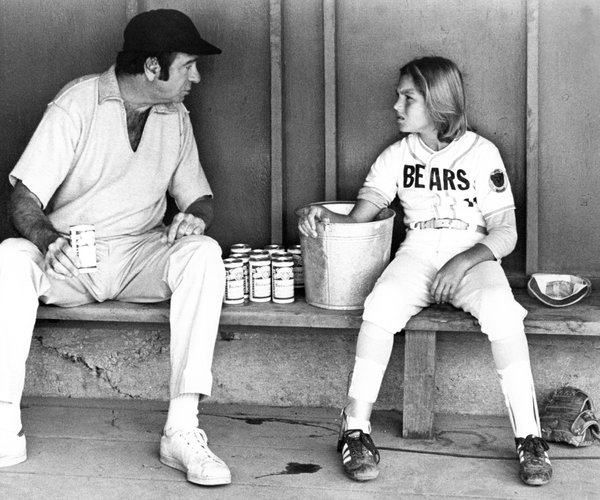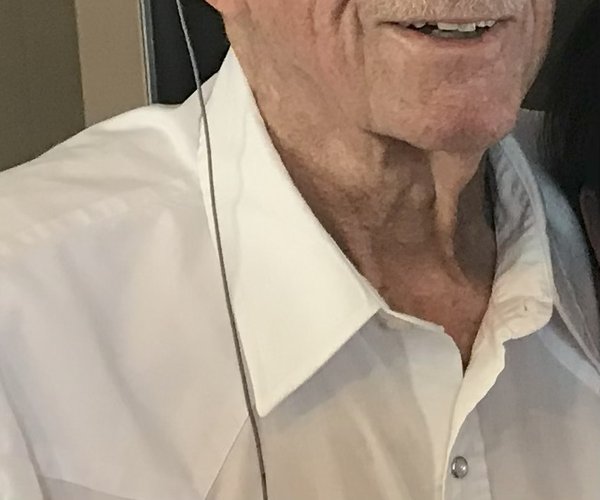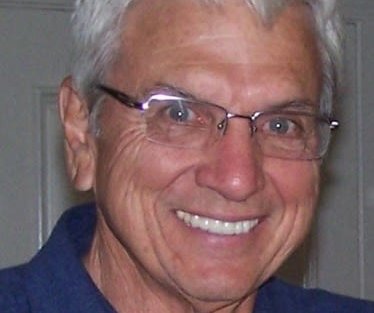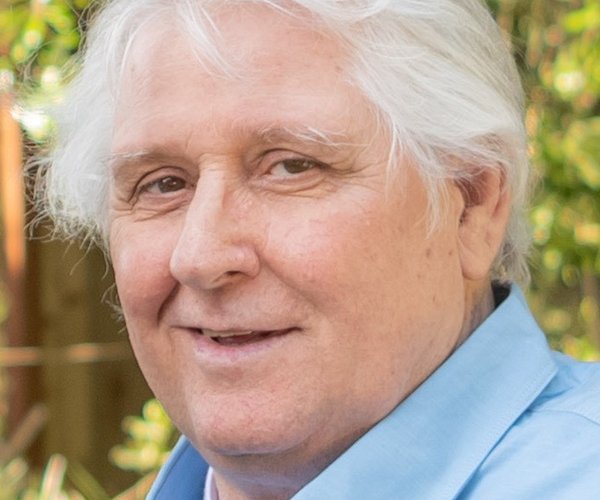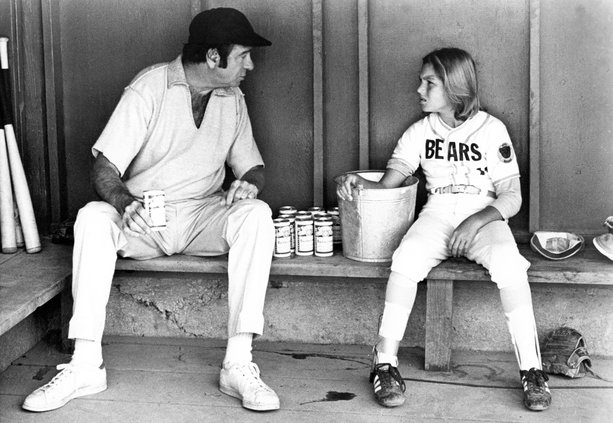ESCALON – Casey Lynn Bauer appears every bit a normal toddler.
The 2-year-old daughter of Bryan and Shannon Bauer has a love for music and song, enjoys children television shows featuring the likes of Barney and Elmo, and can recite the alphabets and identify shapes such as circles, squares and triangles.
“I think she’s extra smart for her age,” Bryan said.
His daughter was born with a congenital heart defect.
She’s administered three different pharmaceuticals some five times daily along with a half tablet of aspirin once a day as a blood thinner.
Casey was born in Modesto on Sept. 15, 2006 – she also shares a birthday with her grandfather, Brook Bauer - with two holes in her heart, and has since undergone two heart surgeries while spending a total of four months at Lucile Packard Children’s Hospital in Stanford.
Her folks are thankful about the early diagnosis and are pushing to make it mandatory for a screening program for all newborns. “Early detection is the key,” said Shannon, who is networking online via www.gopetition to get the ball rolling.
As of Thursday, this coalition of families, individuals, non-profit organizations, support groups and health professional has managed to collect over 15,950 signatures.
They’re hoping to further spread the word starting this Saturday, which marks the beginning of Congenital Heart Defect Awareness Week (Feb. 7 through 14).
It’s estimated that 40,000 babies are born in just the US with some sort of congenital heart defect. Worldwide, CHD is among the leading causes of birth defect-related deaths.
For nearly 40 years, screening programs have served as an important public health service by identifying metabolic, hematologic and endocrine disorders as well as hearing loss in newborns. This test can also identify CHD immediately.
Signs and symptoms for parents of youngsters to be aware of include fatigue; pale or bluish skin color; puffy face, hands or feet; sweating around the head, especially during feeding; and poor weight gain.
Casey Bauer was diagnosed with Ebstein Anomaly, a CHD characterized by displacement of the tricuspid valve.
She was born at Doctors Medical Center of Modesto. The pediatrician on duty, Dr. Millard Johnson of Golden Valley Health Center, was quick to detect the CHD.
“He heard what sounded like a murmur,” Shannon Bauer said.
Within two days, the newborn was transferred to the Stanford facility while her mother remained in Modesto while recovering from the C-section birth.
“For awhile I was going back and forth (from Escalon to Stanford) with the baby milk,” said Bryan Bauer, who endured some sleepless nights when he first received word about his daughter’s heart defect.
Casey was 3 ½ weeks old when she received her first surgery to repair the heart and 3 ½ months old for the second such surgery.
“She still needs one more surgery. But that’s not until she’s 30 pounds,” Bryan Bauer said.
Casey’s current weight is about 20 pounds.
The toddler has two older siblings – Markee, 17, and Karissa, 13 – from her mother’s previous marriage, and enjoys playing with several of her young cousins.
“Casey does a good job of keeping up with them,” Shannon Bauer said.
The Bauers are thankful that their daughter was able to get quality medical treatment. And they’re extremely grateful that the CHD was detected early on.
More information is available by logging on to the Congenital Heart Information Network at tchin.org/aware.
The 2-year-old daughter of Bryan and Shannon Bauer has a love for music and song, enjoys children television shows featuring the likes of Barney and Elmo, and can recite the alphabets and identify shapes such as circles, squares and triangles.
“I think she’s extra smart for her age,” Bryan said.
His daughter was born with a congenital heart defect.
She’s administered three different pharmaceuticals some five times daily along with a half tablet of aspirin once a day as a blood thinner.
Casey was born in Modesto on Sept. 15, 2006 – she also shares a birthday with her grandfather, Brook Bauer - with two holes in her heart, and has since undergone two heart surgeries while spending a total of four months at Lucile Packard Children’s Hospital in Stanford.
Her folks are thankful about the early diagnosis and are pushing to make it mandatory for a screening program for all newborns. “Early detection is the key,” said Shannon, who is networking online via www.gopetition to get the ball rolling.
As of Thursday, this coalition of families, individuals, non-profit organizations, support groups and health professional has managed to collect over 15,950 signatures.
They’re hoping to further spread the word starting this Saturday, which marks the beginning of Congenital Heart Defect Awareness Week (Feb. 7 through 14).
It’s estimated that 40,000 babies are born in just the US with some sort of congenital heart defect. Worldwide, CHD is among the leading causes of birth defect-related deaths.
For nearly 40 years, screening programs have served as an important public health service by identifying metabolic, hematologic and endocrine disorders as well as hearing loss in newborns. This test can also identify CHD immediately.
Signs and symptoms for parents of youngsters to be aware of include fatigue; pale or bluish skin color; puffy face, hands or feet; sweating around the head, especially during feeding; and poor weight gain.
Casey Bauer was diagnosed with Ebstein Anomaly, a CHD characterized by displacement of the tricuspid valve.
She was born at Doctors Medical Center of Modesto. The pediatrician on duty, Dr. Millard Johnson of Golden Valley Health Center, was quick to detect the CHD.
“He heard what sounded like a murmur,” Shannon Bauer said.
Within two days, the newborn was transferred to the Stanford facility while her mother remained in Modesto while recovering from the C-section birth.
“For awhile I was going back and forth (from Escalon to Stanford) with the baby milk,” said Bryan Bauer, who endured some sleepless nights when he first received word about his daughter’s heart defect.
Casey was 3 ½ weeks old when she received her first surgery to repair the heart and 3 ½ months old for the second such surgery.
“She still needs one more surgery. But that’s not until she’s 30 pounds,” Bryan Bauer said.
Casey’s current weight is about 20 pounds.
The toddler has two older siblings – Markee, 17, and Karissa, 13 – from her mother’s previous marriage, and enjoys playing with several of her young cousins.
“Casey does a good job of keeping up with them,” Shannon Bauer said.
The Bauers are thankful that their daughter was able to get quality medical treatment. And they’re extremely grateful that the CHD was detected early on.
More information is available by logging on to the Congenital Heart Information Network at tchin.org/aware.


